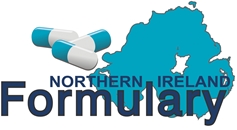Below is the current prescribing policy in Northern Ireland regarding gluten free products:
Reminder of Gluten Free Prescribing Guidance
Letter from SPPG
Coeliac UK hosts resources for healthcare professionals and patients including information on prescriptions for gluten free foods. Further resources for patients can be found in the Patient Area.
